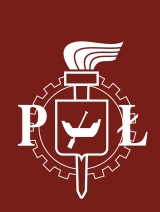
Lithuania
In Lithuania there are two instruments supporting the RES technology: price regulation and subsidy. [54] The first system (price regulation) allow system operators to receive a payment from grid operator for the green energy fed into the grid. In general all of the RES technologies are supported however additional requirements have to be met. Wind parks are supported only if annual production does not exceed 320,4 GWh. Bio technologies have to produced not more than 127,1 GWh per year to be promoted. Hydro power plants are eligible if generates up to 122 GWh annual and the capacity have to be not higher than 10 MW. The lowest limit is for solar systems which are eligible if annual production does not exceed 3,2 GWh. Price depends from technology and it is 0,26 LTL/kWh for hydro power plants, 0,3 LTL/kWh for wind farms and 0,3 LTL/kWh for bio systems. [54] The second means of support are subsidy. The Lithuanian Environmental Investment Fund introduces subsidies for all of the RES projects which provide to reduction of the environmental impact. The amount of subsidy for a project is up to 690 million LTL however the subsidy can not exceed 70% of total investment costs. Subsidy are paid during 3 years. [54] In Lithuania the grid operator is obligated to connect the RES systems without discrimination however with reduced charge to 40%. Moreover they are obligated to expand their grid only according to the general regulation. [54] Regulation requirements in Lithuania are Law on Electricity, Resolution No. 1474/2001, Resolution No. 7/2002, Order No. D1-402, Order on Services of General Interest and Statutes of LEIF. [54]
-
Description of technology|
Economic aspects|
Environment and public awareness|
Legislation|
Final comparison|
References

